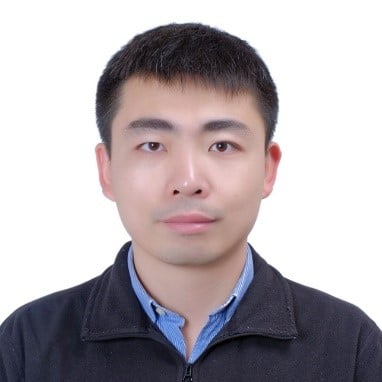Innovative Technologies and Materials for Sustainable Wastewater Treatment and Resource Recovery
A special issue of Sustainability (ISSN 2071-1050). This special issue belongs to the section "Sustainable Water Management".
Deadline for manuscript submissions: 24 May 2024 | Viewed by 2265
Special Issue Editors
Interests: wastewater treatment; resource recovery; sustainability; textile chemistry
Interests: environmental risks, toxicity, and remediation of emerging contaminants; water and wastewater treatment; waste management and valorization
Interests: wastewater treatment, enhanced biological phosphorus removal, nutrient removal and recovery; environmental pollution and protection; environmental monitoring; water quality; biodiversity; microbial ecology; ecotoxicology; contaminants of emerging concern; biotechnology
Special Issue Information
Dear Colleagues,
The wastewater treatment process has been widely employed as a crucial component of environmental sustainability, while the concept of resource recovery has emerged as a valuable process in contemporary times. Both domains, laboratory-scale research and industry, are of significant importance. This Special Issue focuses on utilizing novel advanced technologies and materials for wastewater treatment. These technologies can be biological, chemical, physical, and a combined integration of the three, and they include, but are not limited to, biodegradation, membrane separation, adsorption-integrated approaches, and catalytic processes. Additionally, biological and physicochemical methods, such as anaerobic digestion and pressure-driven membrane filtration, are explored for resource recovery, particularly the extraction of valuable compounds from wastewater streams. The design of this Special Issue scheme was motivated by the existing research gaps surrounding the application of advanced technologies and materials in the treatment of wastewater and resource recovery. This Special Issue aims to address these current research gaps within the framework of the circular economy.
The primary subjects encompass the entirety of the value chain pertaining to sustainable wastewater treatment and resource recovery, including, but not limited to, the following:
- Treatment of hazardous pollutants from wastewater, such as dyes, heavy metals, per- and polyfluoroalkyl substances (PFAS), microplastics, and personal care products;
- Recovery of resources from wastewater streams, including nitrogen, phosphorus, ammonia, volatile fatty acids (VFAs), rare earth metals, etc.;
- Integration of novel physical, chemical, and biological technologies;
- Life cycle assessments (LCA) to evaluate the environmental impacts of the emerging technologies and materials;
- Techno-economic analyses to assess the economic viability and feasibility of implementing these technologies and materials.
We look forward to receiving your contributions.
Dr. Md Nahid Pervez
Dr. Tao Jiang
Dr. Dongqi Wang
Guest Editors
Manuscript Submission Information
Manuscripts should be submitted online at www.mdpi.com by registering and logging in to this website. Once you are registered, click here to go to the submission form. Manuscripts can be submitted until the deadline. All submissions that pass pre-check are peer-reviewed. Accepted papers will be published continuously in the journal (as soon as accepted) and will be listed together on the special issue website. Research articles, review articles as well as short communications are invited. For planned papers, a title and short abstract (about 100 words) can be sent to the Editorial Office for announcement on this website.
Submitted manuscripts should not have been published previously, nor be under consideration for publication elsewhere (except conference proceedings papers). All manuscripts are thoroughly refereed through a single-blind peer-review process. A guide for authors and other relevant information for submission of manuscripts is available on the Instructions for Authors page. Sustainability is an international peer-reviewed open access semimonthly journal published by MDPI.
Please visit the Instructions for Authors page before submitting a manuscript. The Article Processing Charge (APC) for publication in this open access journal is 2400 CHF (Swiss Francs). Submitted papers should be well formatted and use good English. Authors may use MDPI's English editing service prior to publication or during author revisions.
Keywords
- wastewater treatment
- resource recovery
- innovative technologies
- integrated approaches
- novel materials
- circular economy







